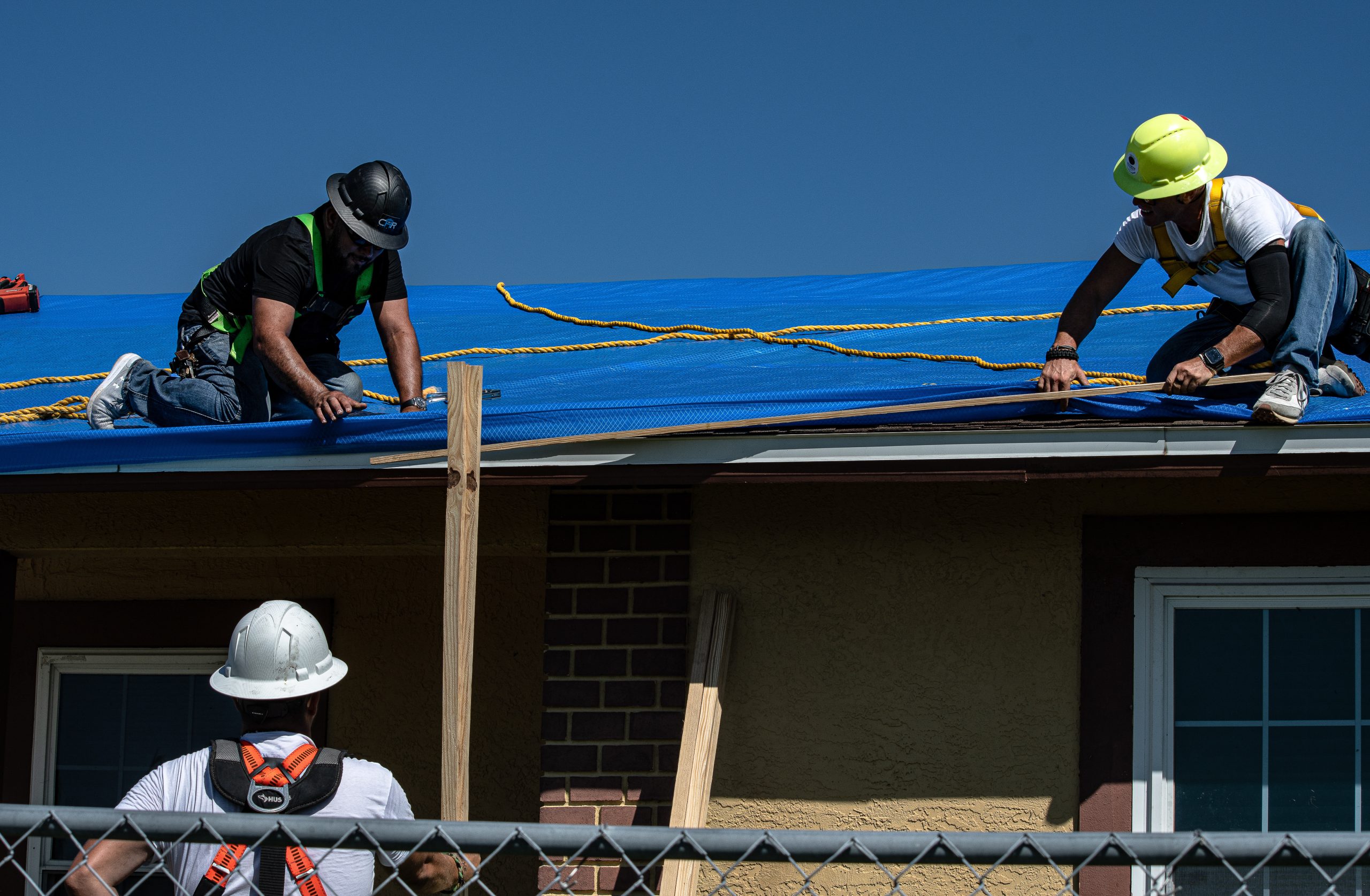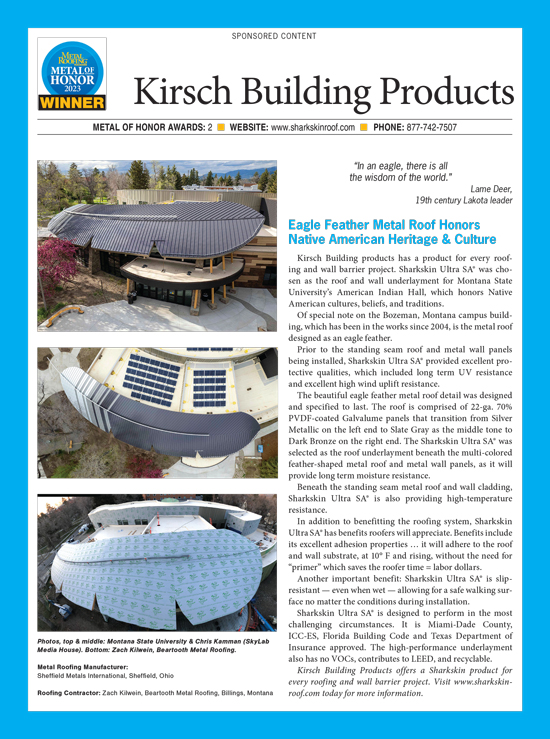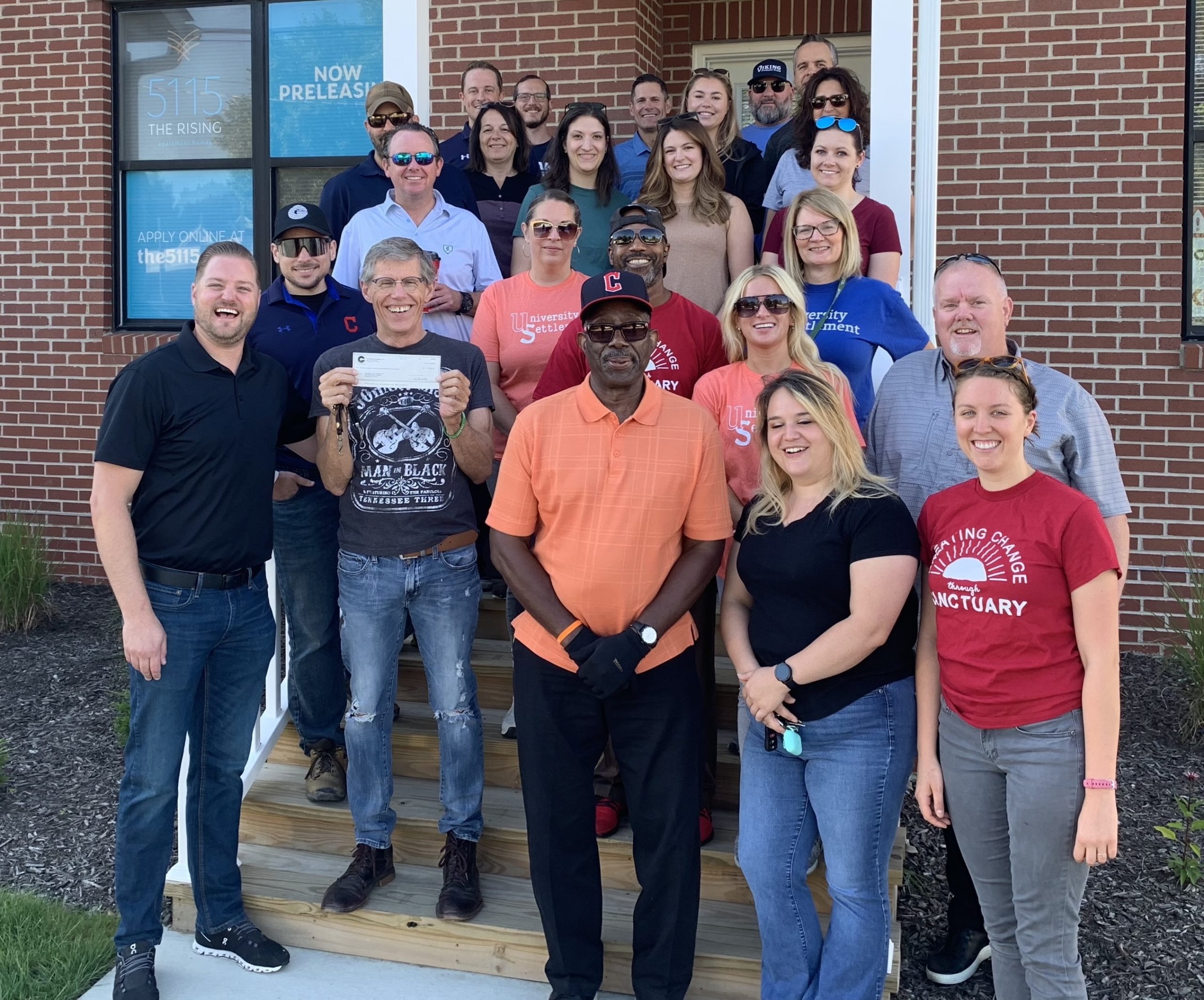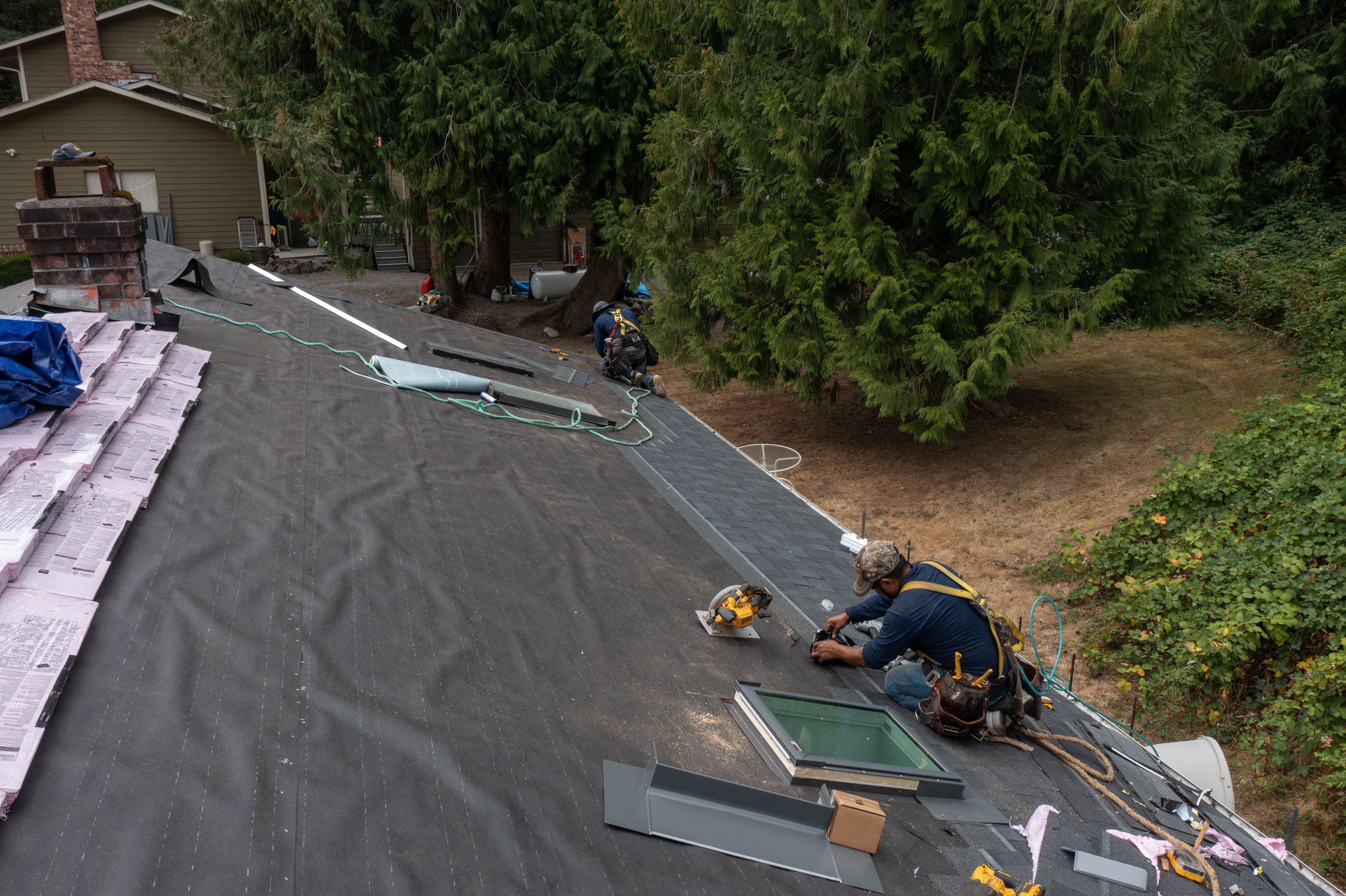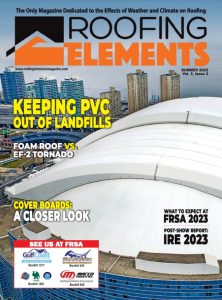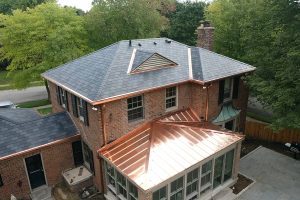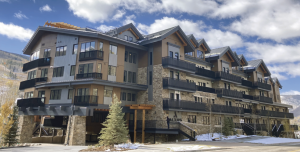By Marcus Josiger
Hurricanes, unfortunately, impact us all. It is an unavoidable aspect of life on the coast. The damage caused is horrific. For those who have damaged roofs, relief is available. Operation Blue Roof is a program created by the United States Army Corp of Engineers (USACE). The Federal Emergency Management Agency (FEMA) sponsors the organization.
Operation Blue Roof is unique because it allows homeowners with damaged roofs (up to 50% of the entire top) a temporary cover. This will give residents the time they need to develop a plan for roof repair. To qualify for Operation Blue Roof, natural disaster victims must live in a residential home and be in a Blue Roof-designated disaster area. There are, of course, more requirements, but contacting the agency [blueroof.us] is the first step. Furthermore, house occupants should consult Operation Blue Roof’s website, https://www.usace.army.mil.
Assessing Damage
USACE personnel will schedule a housing assessment after contacting FEMA. Before any evaluation or work can be started, a Right-of-Entry form must be signed. Details such as home ownership, county roofing regulations, and the residents’ roofing are all included in the documentation. Following the paperwork details, USACE representatives will determine if the project can be “repaired.” For example, missing shingles, metal panels, and ridge caps are usually covered if damaged. Additionally, minor holes are often covered by the Blue Roofs contract.
Assessing the damage to the structure is as important as assessing the condition of the roof. USACE representatives examine several building components. The integrity of the roof must be sound to support roof installers. Support workers may need to install alterations. Any damage to trusses and weight-bearing components may disqualify a home from the Blue Roof service. Building disqualification may result if there is severe damage to load-bearing members.
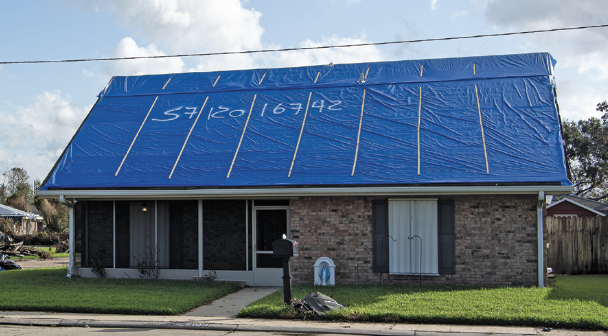
Bidding
After evaluating the structure, the USACE opens a bidding contest. Roofing projects are open to all contractors. Therefore, more than one crew can accept a job. This cuts down on installment time.
Building Material
The temporary blue roof cover is a simple design. Consisting of polypropylene, canvas, and nylon, these tarps are unavailable on the civilian market. The tarp material is twice as thick as tarps available to consumers. However, despite the simplicity of the material in the cover, polypropylene offers superior durability and boasts excellent water-repellent abilities. Lastly, the plastics in the tarp are UV resistant, offering residents peace of mind.
The Differences
Unlike traditional shingling, there is much less waste when using blue tarps. There is no need to remove undamaged shingles, tiles, or other materials. Complete roof removal will be taken care of by the crew that installs the permanent roof. Before the sheets are applied, workers must secure support beams and loose boards to the roof to create stable work areas. Any cosmetic damage, such as flexible material, will be covered after the tarp and structural add-ons have been secured. Staples and nails are used to secure the tarp. It ensures the removal process for the permanent roof goes smoothly. The application itself is a short process; installation usually takes 3-5 hours. Although with multiple crews, it could take as little as 1.5 hours.
Weathering the Storm
The biggest concern for the USACE personnel and job crews is the weather. In the event of poor weather, job sites are shut down. Especially if a natural disaster recently occurred. Furthermore, damages from poor weather during repairs resulted in a loss of funds. Other weather concerns may include ice. Removing all ice and debris before the tarp is installed is critical. In warm and humid conditions, contractors must monitor the temperature. Dressing appropriately for the weather is vital. Proper hydration is a part of this. Additional precautions include secured work lines and adequate headwear.
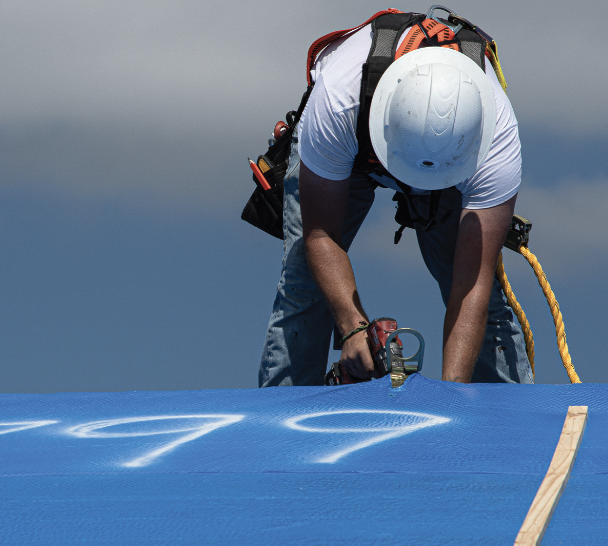
Conclusion
Operation Blue Roof is a significant government project to help those affected by natural disasters. It gives residents a chance to rebuild and process the damage. It also provides jobs to local contractors. Also, it offers roofers an option to install a temporary roof, which many may need to familiarize themselves with.
For additional information, visit:
• https://www.usace.army.mil/Missions/Emergency-Operations/Blue-Roof-Information/. l

